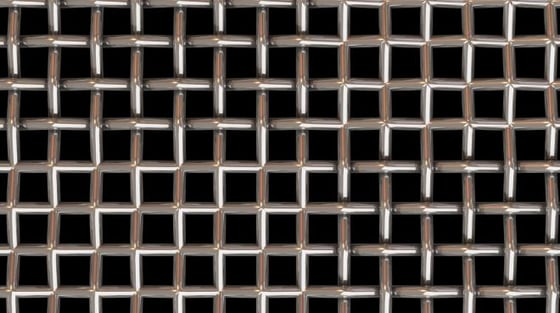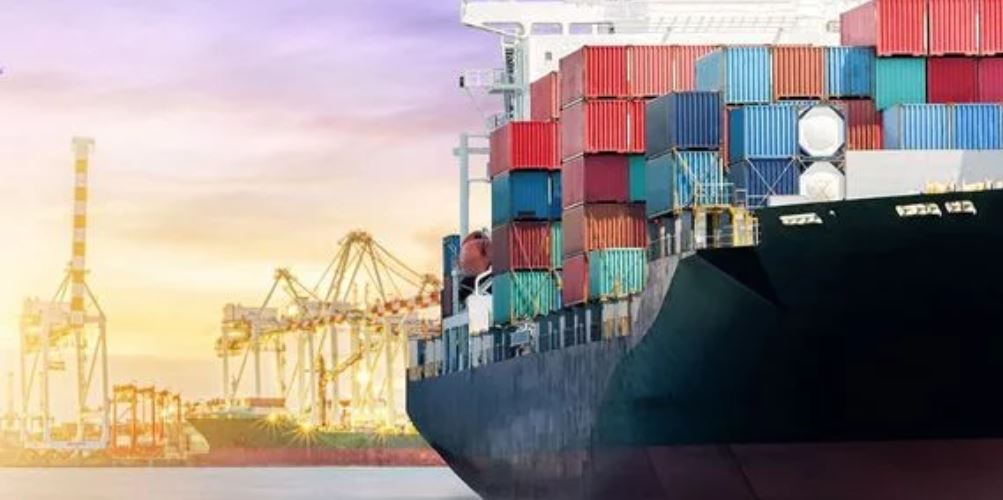Ballast Water Management: How Woven Wire Mesh Benefits the Process
Ocean freight is one of the oldest methods used to transport goods internationally. As technology has been used to improve logistics, we are seeing efficiency reach levels that were once thought impossible.
Now, to transport goods safely, the large cargo ships must take in ballast water before departure. To prevent ecological upset, it is critical that the ballast water be treated before the vessel enters an entirely new ecosystem.
This treatment process involves a filtration mechanism that relies on media, such as woven wire mesh. That said, how exactly does woven wire mesh affect ballast water management?
W.S. Tyler has been weaving precision wire mesh filter cloth for over 150 and is here to help guide you toward developing equipment that you can proudly stand behind.
With that, this article will help you better understand the role woven wire mesh has when treating ballast water. You will learn:
- How ballast water is defined
- The importance of treating ballast water
- How woven wire mesh is defined
- How woven wire mesh enables efficient ballast water management
- The woven wire mesh specifications you should consider
What Is Ballast Water?
Ballast is water, either freshwater or saltwater, taken directly from the body water in which a vessel is traveling. Stored within the vessel, ballast water is used to stabilize the ship when intense sea conditions are anticipated or limited to no cargo is onboard.
It can also prove helpful when attempting to pass under a bridge, as it can be used to weigh the vessel down.
Why Is Ballast Water Management Important?
When ballast water is taken into a vessel, aquatic organisms are taken in as well. When untreated ballast water is discharged upon arrival, these aquatic organisms are then placed into a different ecosystem.
Now, there are several secondary effects that can occur from this.
The aquatic organism in the ballast water may not be able to survive outside their natural ecosystem, causing the population to shrink as more are uprooted through untreated ballistic water. On the other, the aquatic organism in the ballistic water can thrive in the new ecosystem but cause dramatic depletion of organisms native to their new ecosystem.
Put simply, ballast water management is critical to environmental protection, which is becoming an increasing concern.
What Is Wire Mesh?
Woven wire mesh is a metallic cloth fabricated from a predetermined amount of individual wires. Using a traditional yet heavily monitored weaving process, these wires become interwoven to form various weave patterns that feature precise, rigid pore openings.
What makes wire mesh stand out is its ability to be as open or as closed as you need it. Parameters such as the wire diameter, mesh count, opening size, and weave pattern are customized and pre-calculated before being woven.
You can also choose from a number of alloys to ensure your mesh can withstand the corrosive properties of ballistic water.

Additionally, value-added services can be applied to your mesh after being woven to ensure it can be formed in accordance to your ballast water management system. These services include heat treatment, calendaring, welding, stamping, and more.
How Does Woven Wire Mesh Benefit a Ballast Water Management System?
A ballast water management system works to purify ballast water before being fed to the holding tanks of the vessel. As stated above, a critical function of said system is screening various aquatic organisms.
So, where does woven wire mesh fit within this functionality?
Well, when ballast water is first introduced to the ballast water management system, it's fed directly into a filtration apparatus. It's here where the raw ballast water is projected through a cylindrical wire mesh filter, forcing water from inside the filter out.
But as you've customized the wire mesh used to fabricate the filter, debris and aquatic organisms stay within the filter. This debris is removed and fed into a draining system that places the organisms back into their natural habitat.
The precision of woven wire mesh allows this to be done accurately without sacrificing flow rate or throughput.
The filtered ballistic water will continue through the system for further treatment, eventually reaching ballast tanks for storage. Once the vessel arrives at its destination, the treated ballast water can be dumped into the sea safely with little to no risk of cross-contamination between ecosystems.
What Woven Wire Mesh Specifications Work Best in a Ballast Water Management System?
In the world of filtration, dozens of possible filter media options, such as woven mesh and perforated plate. Woven wire mesh is usually reserved for applications that require peak precision, with perforated plate reserved for applications that favor durability over precision.
Considering ballast water treatment requires both peak performance and maximum durability, the ideal solution should deliver both.
For this reason, sintered porous wire mesh filters, such as W.S. Tyler's POROSTAR filters, are widely used when filtering ballast water. Sintered porous wire mesh filters are filters comprised of three to six layers of wire mesh or perforated plate that are sinter boned together.
Depending on the requirements of your system, these filters will have different configurations of filtration, support, protective, and drainage layers. As a result, you are left with a sturdy filter that delivers a balance of precision and durability unlike anything on the market.
Maintain Optimal Filtration Performance With the Right Weave Pattern
Ballast water management is a crucial step needed to prevent substantial ecological disruptions. Woven wire mesh is proven to deliver the durability and precision needed to screen debris and aquatic organisms, keeping them in their natural habitat.
Flow rate is a critical aspect of keeping ballast water management equipment running efficiently. For this reason, it is critical that you find a weave pattern that compliments your equipment.
W.S. Tyler has proudly helped customers develop proprietary woven wire mesh solutions for over 150 years. We strive to help you gain confidence in the mesh you implement, so you focus on improving other aspects of your equipment.
Learn everything you need to know about the various filter cloth weave patterns available to you in the article below:
About Ronnie Brown
Ronnie is the Content Writer for W.S. Tyler and has four years of experience as a professional writer. He strives to expand his knowledge on all things particle analysis and woven wire mesh to leverage his exceptional writing and graphic design skills, creating a one-of-a-kind experience for customers.



